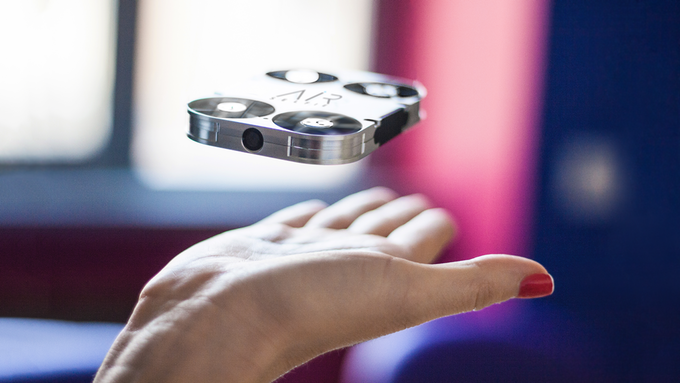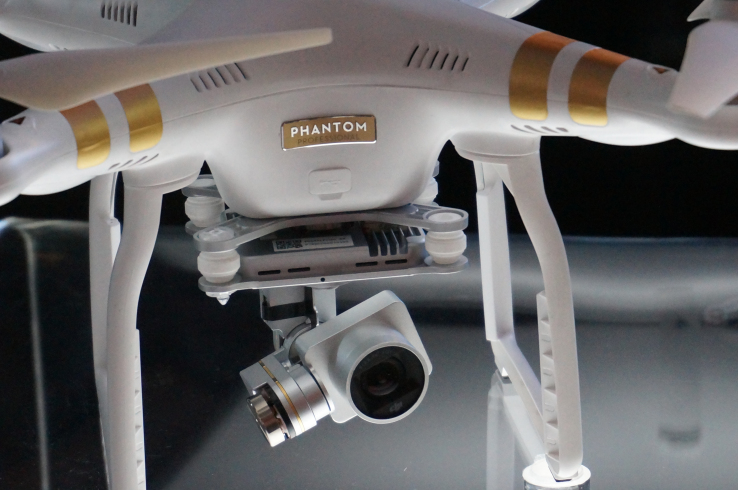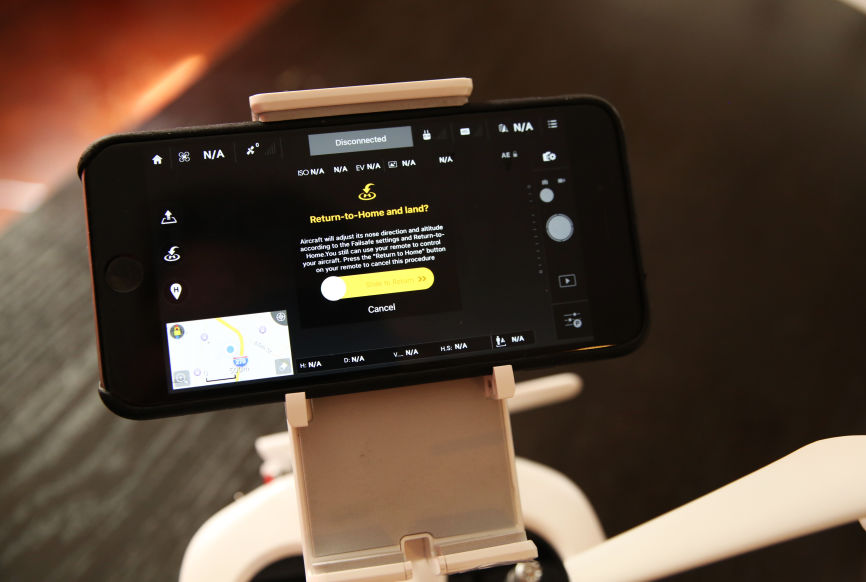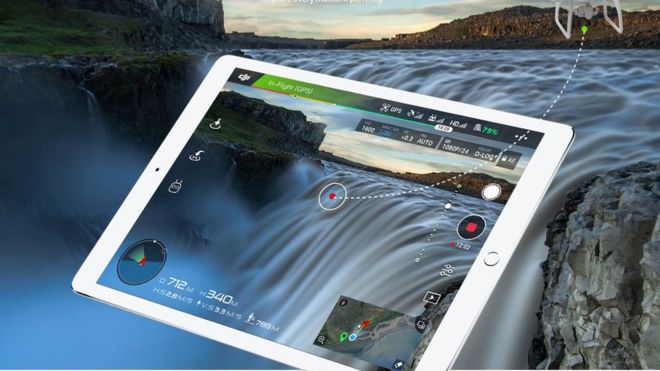What is AirSelfie?
AirSelfie is the world’s smallest portable flying camera. Who said selfies were confined to sticks? With this groundbreaking device, you’ll be able to snap aerial photos directly from your phone. Sky’s the limit.
AirSelfie is a registered trademark and all its components are protected by filed and granted patents.

How it works
Take AirSelfie out of its cover and launch it from your phone using the AirSelfie app available for iOS and Android.
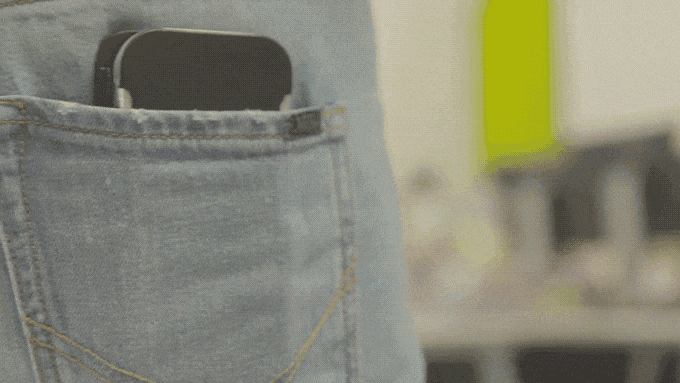
Fly AirSelfie and control it directly through 3 different flight functions:
- Selfie mode, the easiest one, with just two directional buttons to make AirSelfie move far or close to you.
- Selfie Motion Control mode, control AirSelfie in real time with the virtual joystick provided by App.
- Flying mode, where the device is held horizontally and replaces a classic controller. Once you’ve found the perfect positioning for the shot, AirSelfie stays still, thanks to the hovering function.

Land AirSelfie onto your open hand and place it back in its case where it will be recharged.
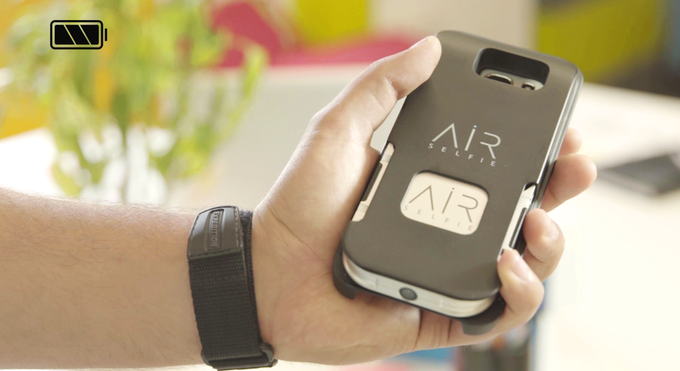
The pics will be immediately downloaded to your mobile device via wifi, ready to be shared through your favorite social media platform.
Why AirSelfie?
How many times have you found yourself trying to fit twenty people or more in that group selfie? How many times have you tried squeezing in that beautiful sunset in your couple selfie? And how many times have you had to cut out that landmark while snapping one simple selfie?
Say goodbye to your selfie stick or stretching your arm out till it hurts.
You can place AirSelfie in its designated phone cover (which acts as a charger too) and unchain it whenever you want to take an aerial picture or video.
Imagine being able to revolutionize perspective completely.
Fly AirSelfie – micro-device HD camera – comfortably from your phone, by using the AirSelfie App and take the most amazing selfies. AirSelfie is compatible with all iOS and Android Operative Systems.
You’ll be able to build unforgettable memories through a new perspective.
[wpsm_button color=“blue“ size=“big“ link=“https://www.kickstarter.com/projects/1733117980/airselfie“ icon=“thumbs-up“ class=““ border_radius=“4px“ target=“_blank“ rel=“nofollow“]Support Project[/wpsm_button]
